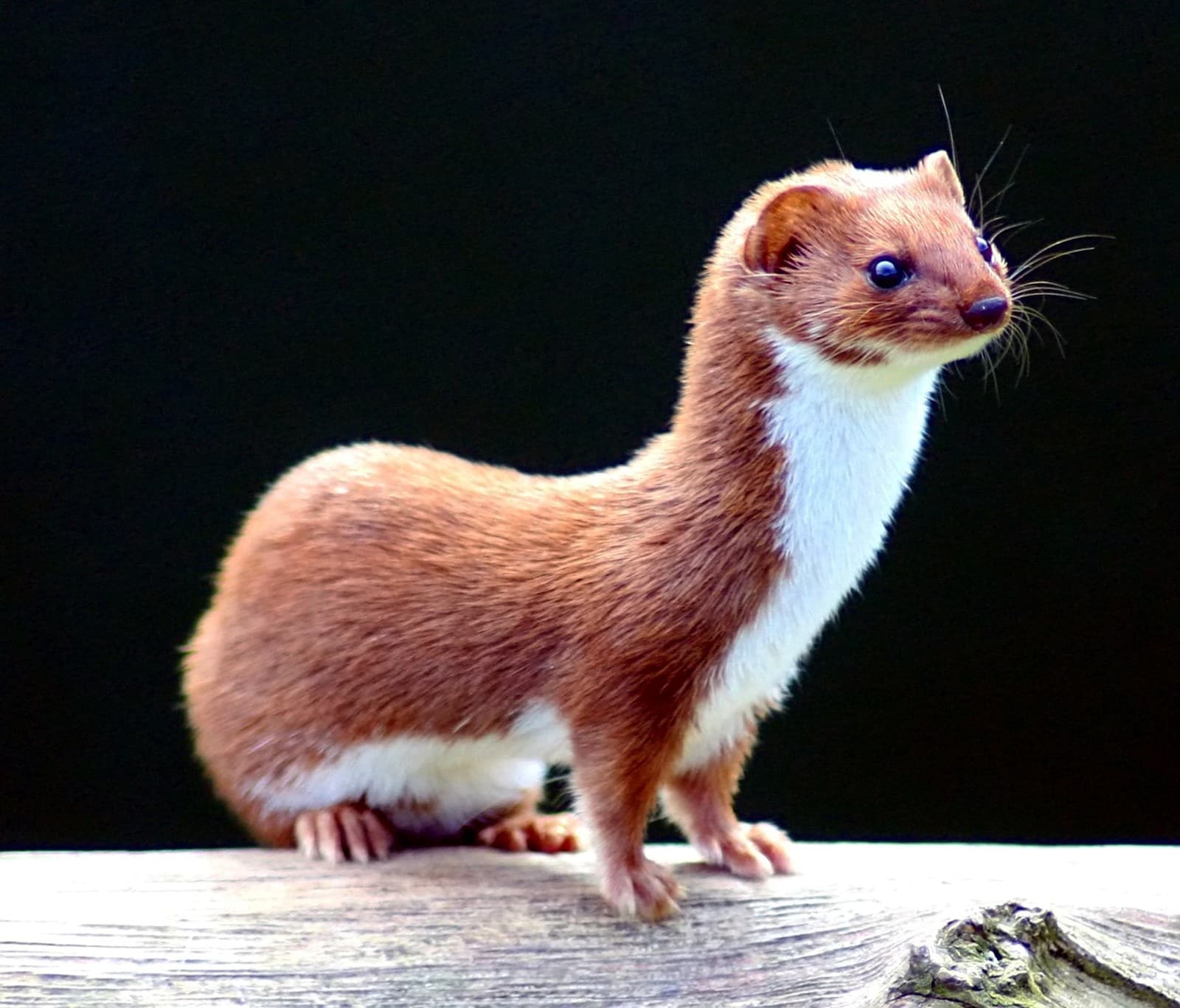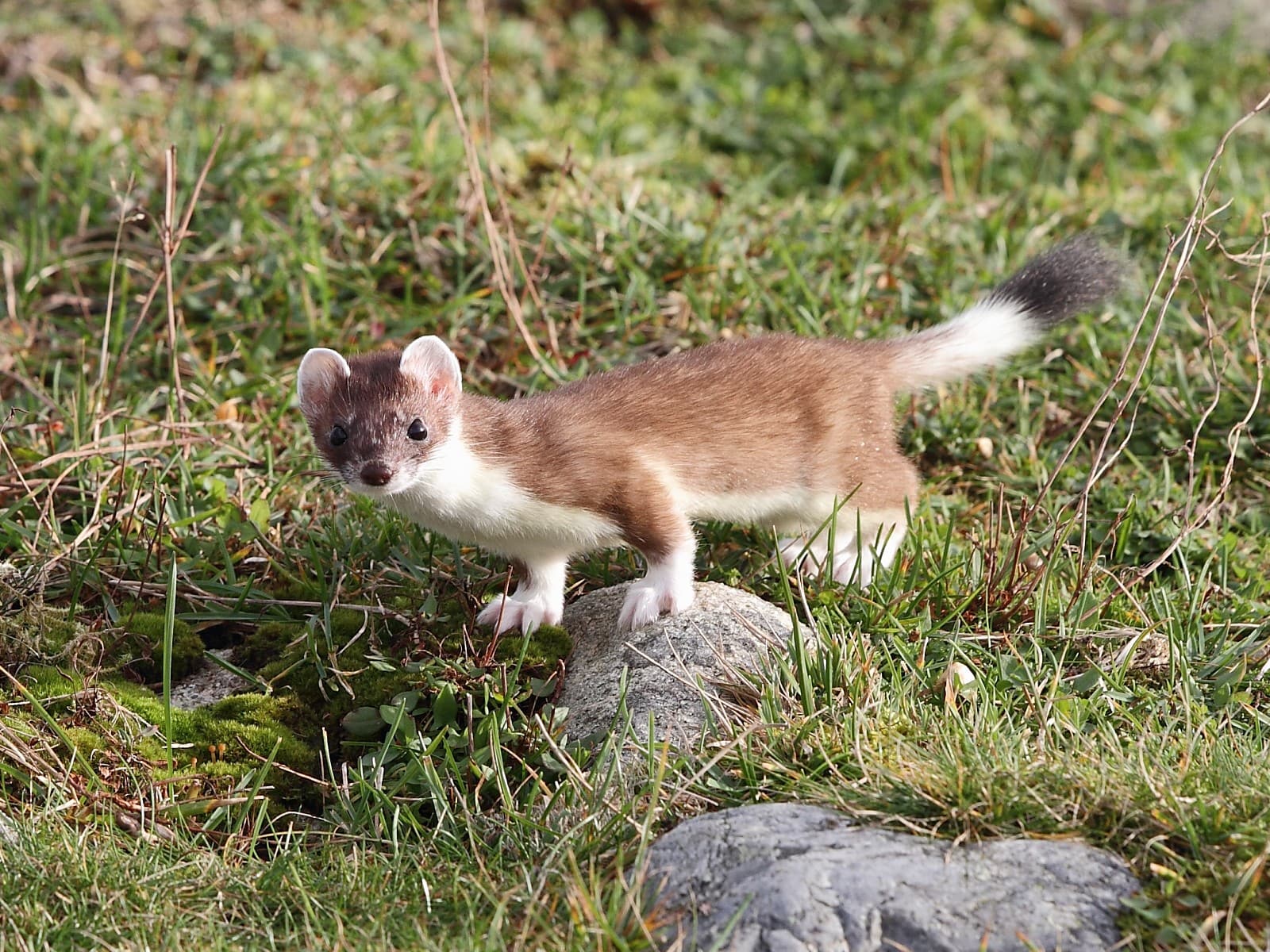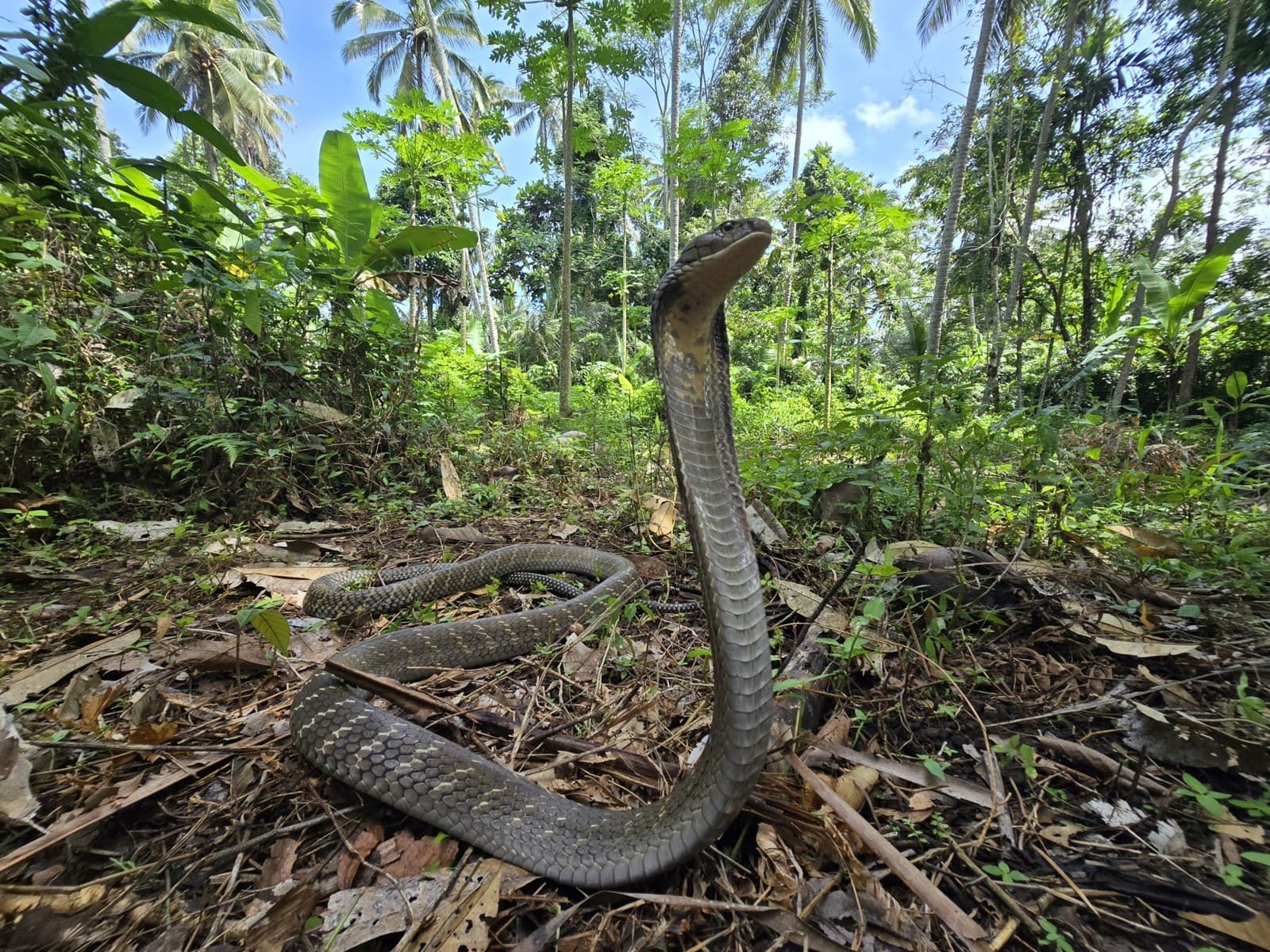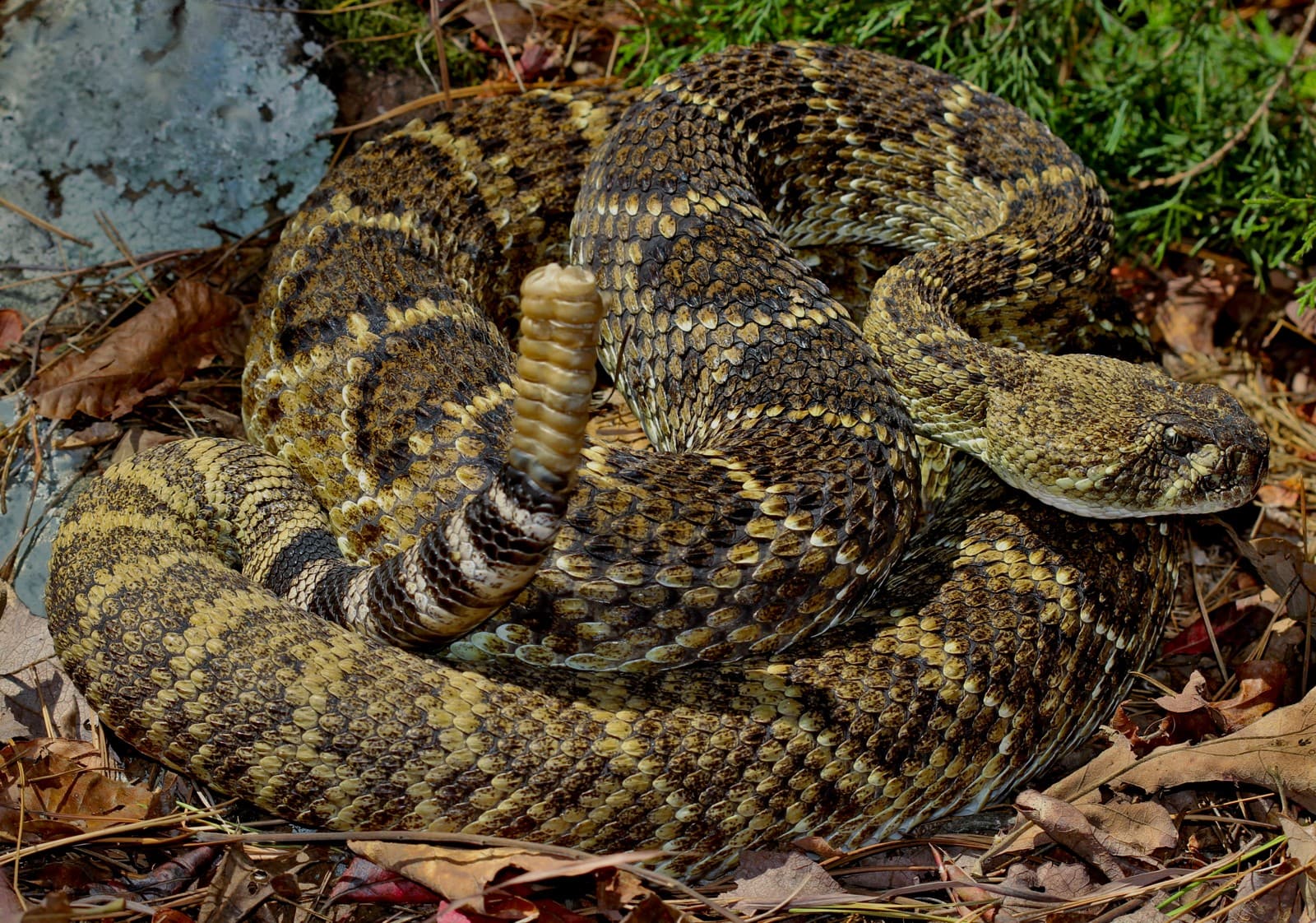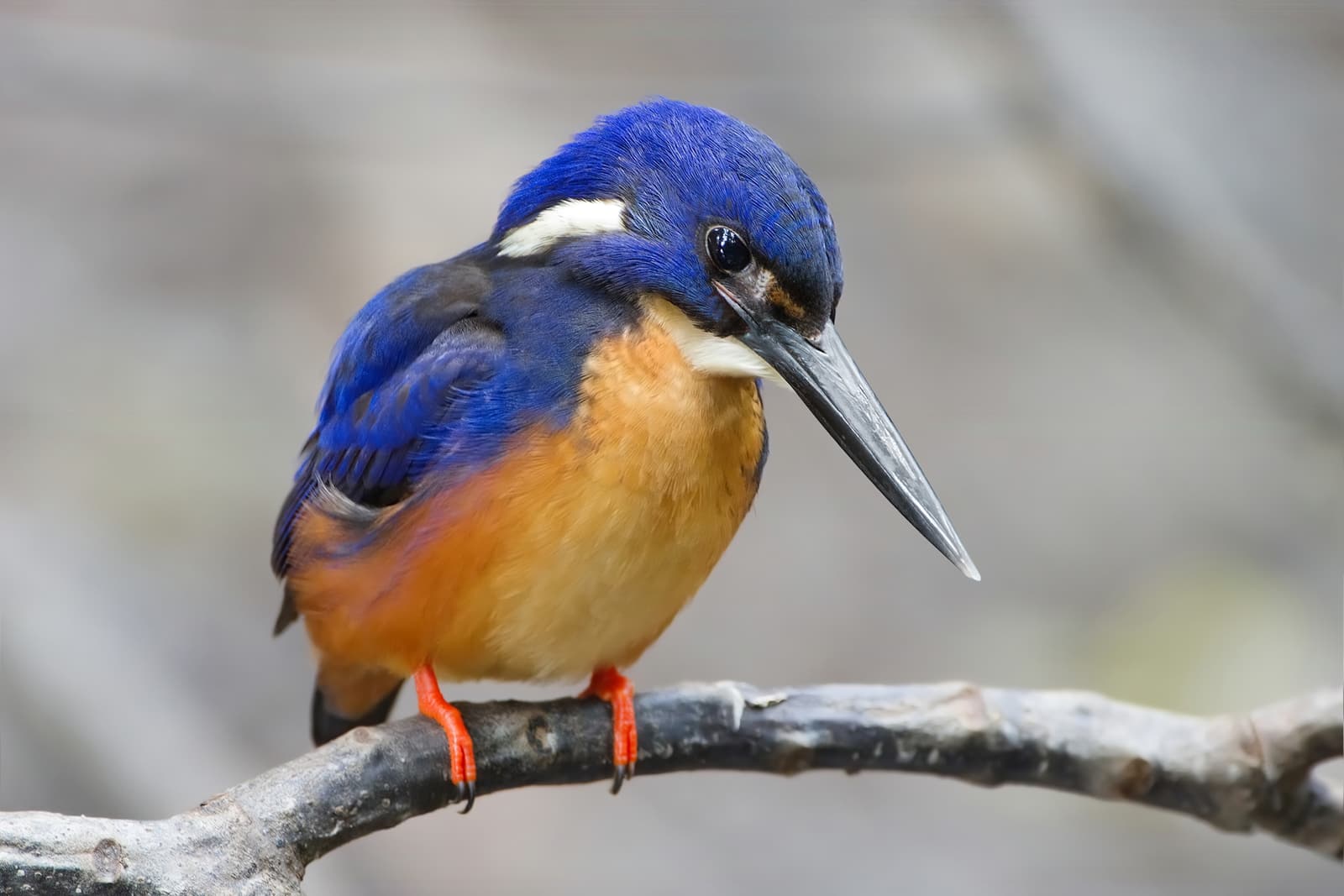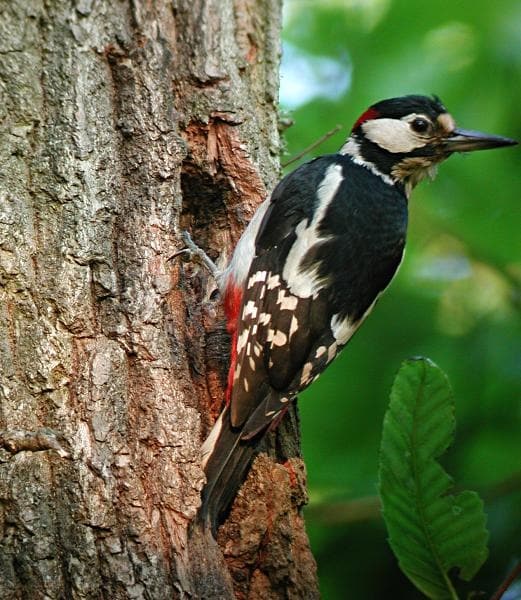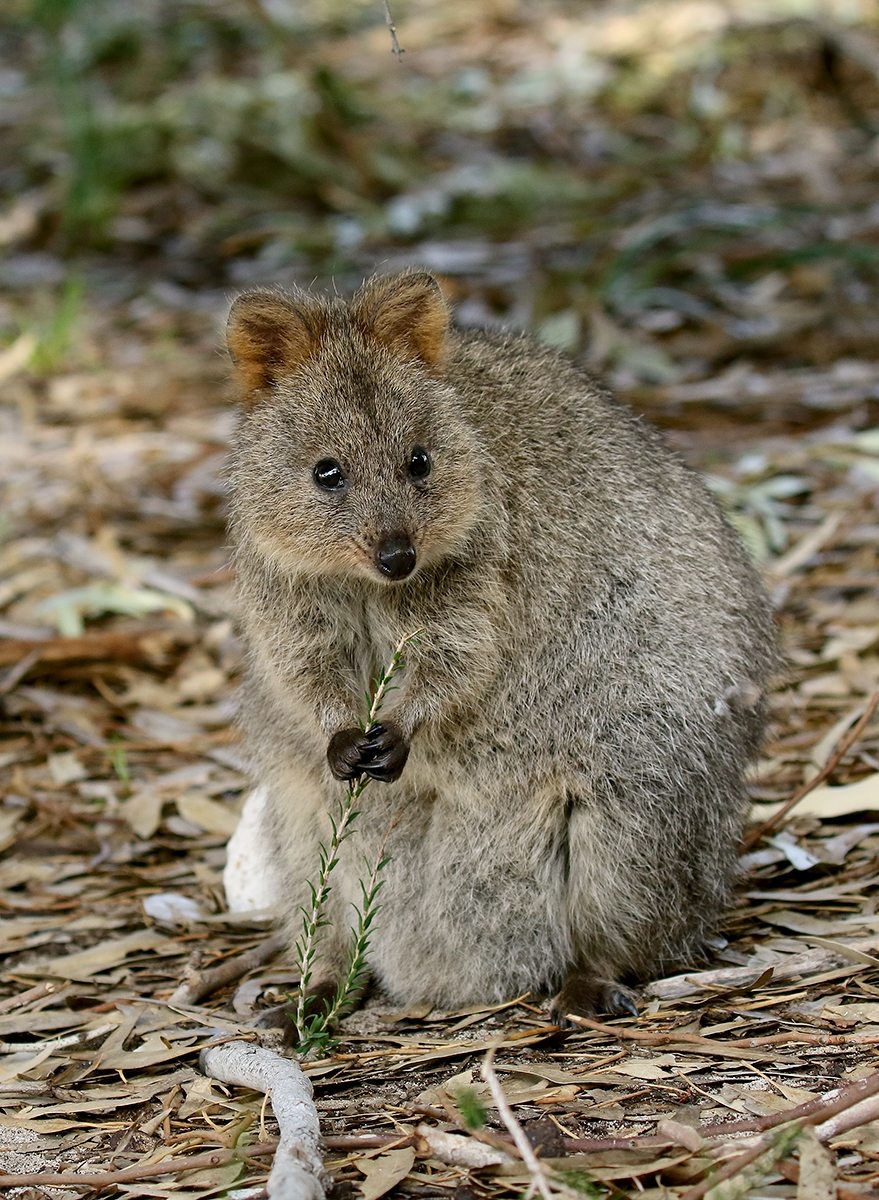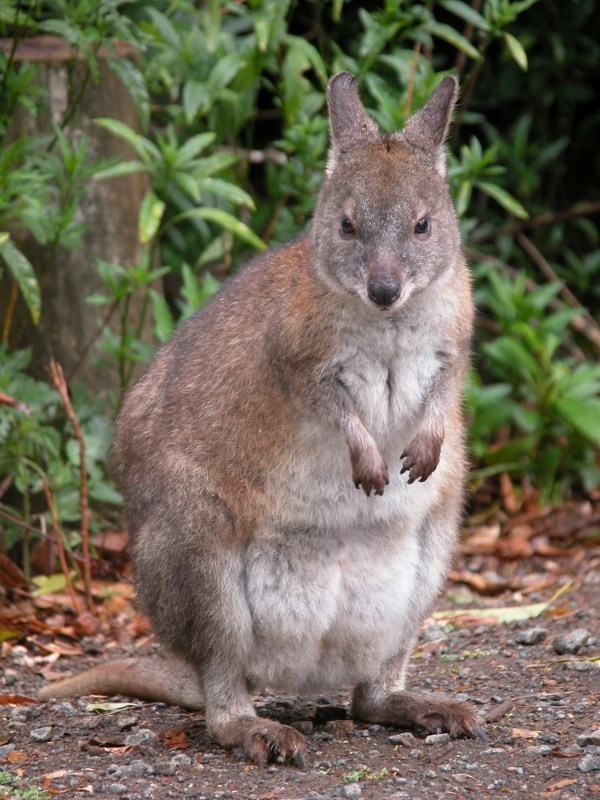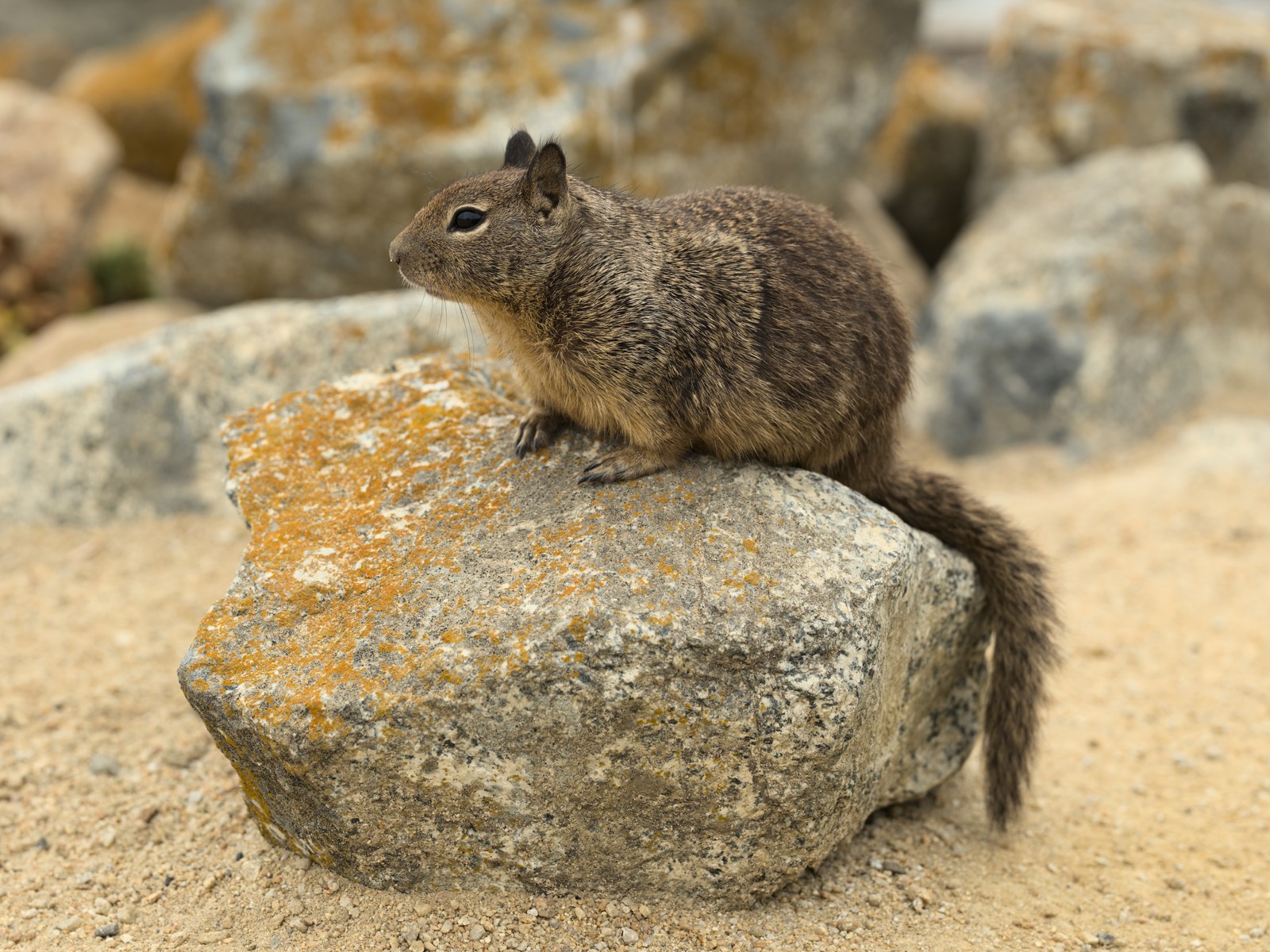Sea Horse vs Sea Dragon: A Complete Comparison
While sea horses and sea dragons belong to the same family (Syngnathidae), these remarkable marine creatures exhibit distinct characteristics that set them apart. Sea dragons, reaching lengths of up to 18 inches (45 cm), typically grow larger than their sea horse cousins, which average 0.6-6 inches (15-150 mm).
The most striking difference between sea horses and sea dragons lies in their appearance and camouflage adaptations. Sea dragons feature elaborate leaf-like appendages that mirror floating seaweed, while sea horses maintain the distinctive equine-shaped head and armored body that earned them their common name.
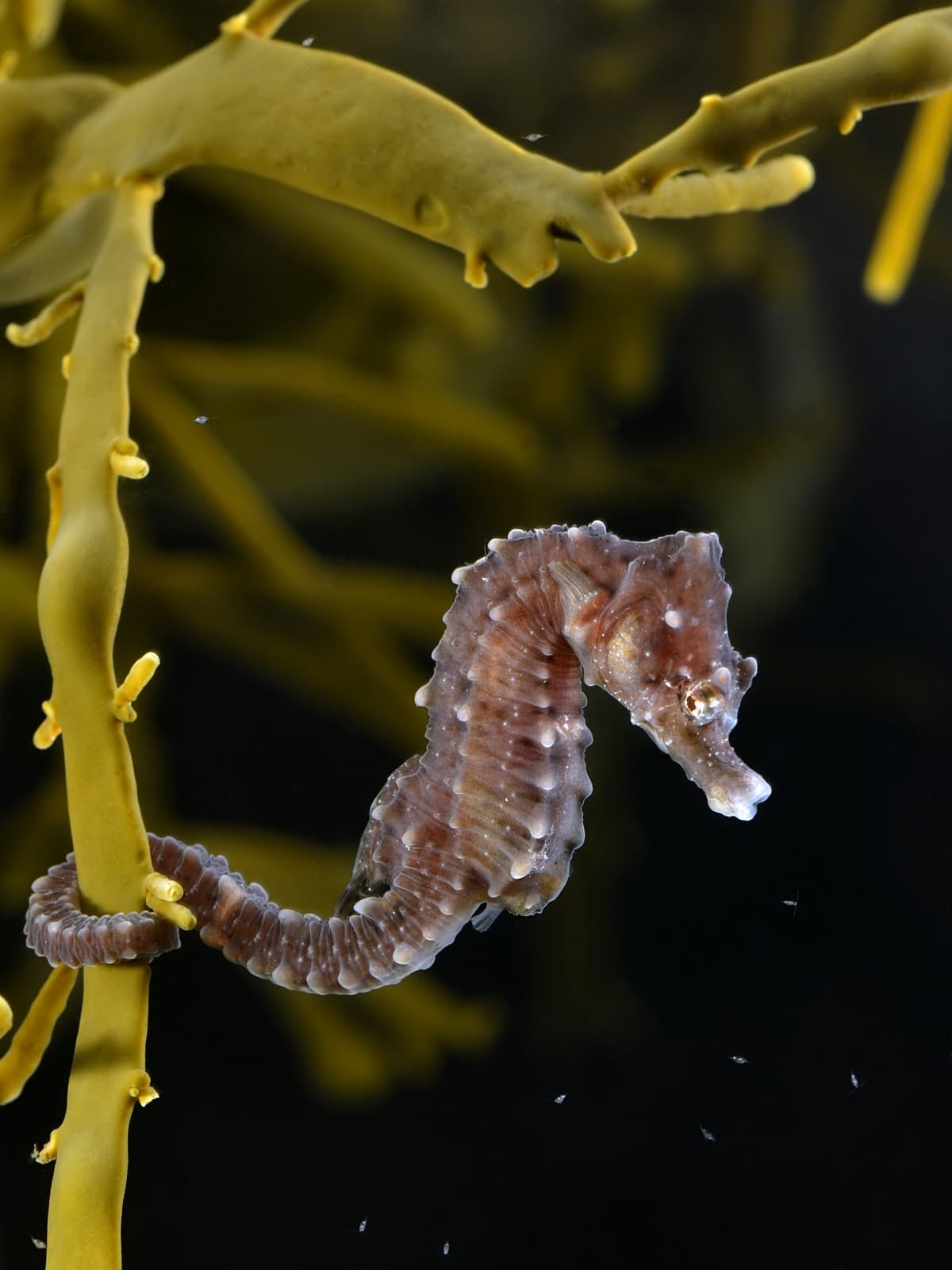
© Hans Hillewaert / CC BY-SA 4.0
The common sea horse demonstrates the classic characteristics of its genus, including the prehensile tail used for anchoring to seaweed and coral. Note the distinctive horse-like head shape and armored body segments that distinguish sea horses from their sea dragon relatives.
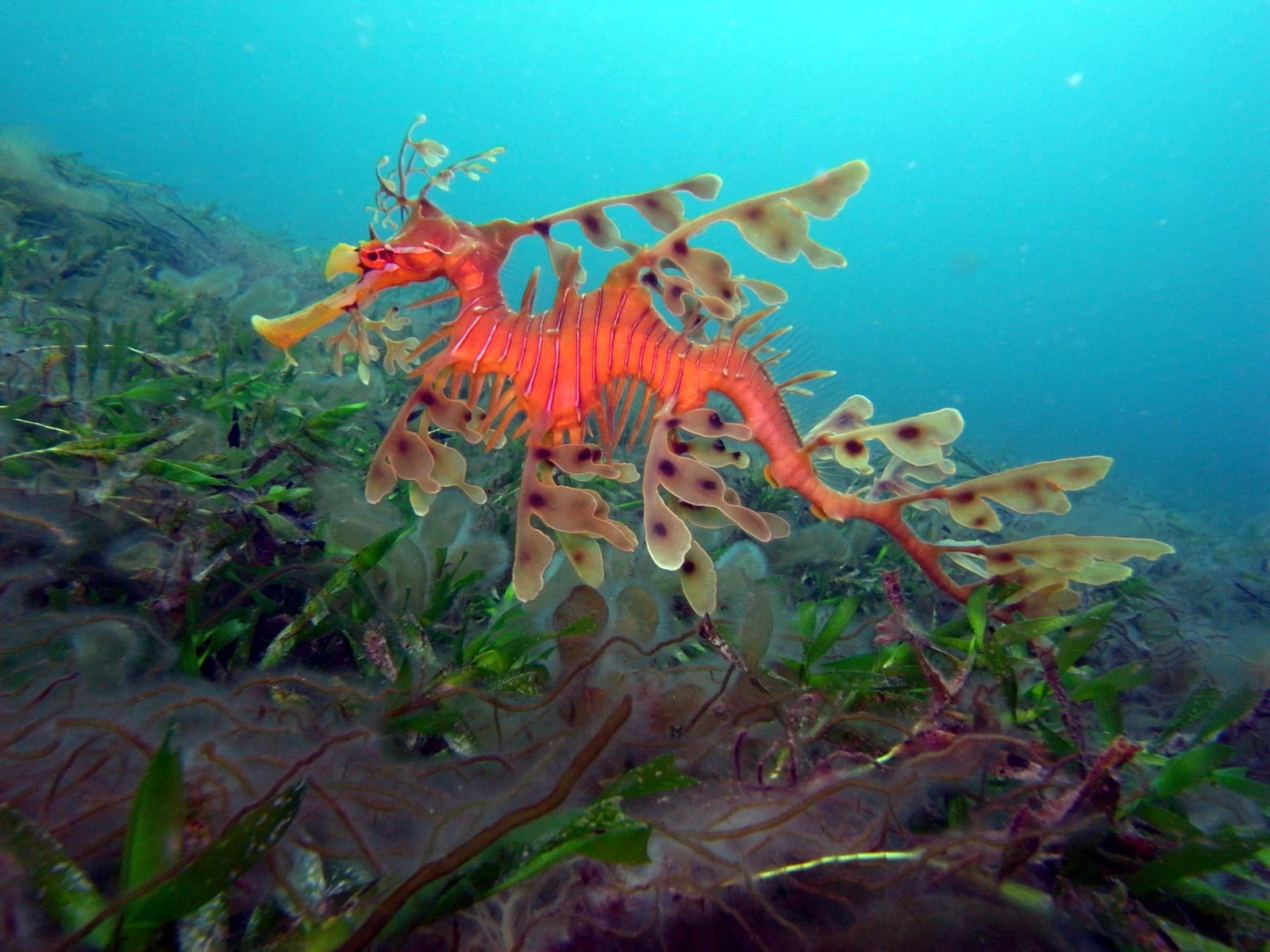
© Sylke Rohrlach from Sydney / CC BY-SA 2.0
The leafy sea dragon showcases its extraordinary camouflage adaptations with leaf-like appendages that provide perfect concealment among seaweed forests. These elaborate projections distinguish sea dragons from their more compact sea horse relatives.
Key Differences Between Sea Horses and Sea Dragons
| Feature | Sea Horse | Sea Dragon |
|---|---|---|
| Size | 0.6-6 inches (15-150 mm) | 8-18 inches (20-45 cm) |
| Tail | Prehensile, used for gripping | Non-prehensile, used for steering |
| Appearance | Armored body, horse-like head | Elaborate leaf-like appendages |
| Distribution | Worldwide tropical/temperate waters | Primarily Southern Australian waters |
| Swimming Position | Upright | Horizontal |
| Camouflage | Basic color matching | Complex mimicry of seaweed |
Habitat and Distribution
Sea horses demonstrate remarkable adaptability, inhabiting tropical and temperate waters worldwide. They typically prefer shallow coastal areas, seagrass beds, and coral reefs. Sea dragons, however, show much more restricted distribution, found almost exclusively in Southern Australian waters, particularly around seaweed forests and kelp beds.
Unique Adaptations and Behavior
Swimming and Movement
Sea horses maintain an upright swimming position, using their dorsal fin to propel themselves and their prehensile tail to anchor to various surfaces. Sea dragons swim horizontally, their leaf-like appendages providing stability as they glide through the water column. Neither species excels at speed, with both typically moving at rates under 5 feet (1.5 meters) per hour.
Feeding Strategies
Both creatures are ambush predators, but their hunting techniques differ slightly:
- Sea Horses: Use snap-suction feeding to capture prey within 0.001 seconds
- Sea Dragons: Employ their longer snout to reach prey in wider areas between seaweed fronds
Conservation Status and Threats
Both sea horses and sea dragons face significant conservation challenges:
- Habitat destruction from coastal development
- Collection for traditional medicine (primarily sea horses)
- Climate change impacts on seaweed forests
- Bycatch in commercial fishing operations
Reproduction and Life Cycle
Perhaps the most fascinating similarity between these creatures lies in their reproductive strategy. Like sea horses, male sea dragons carry and incubate eggs, though with a key difference. While sea horses have a specialized brood pouch, sea dragons carry eggs on the underside of their tail without a pouch structure.
Breeding Season Comparison
- Sea Horses: Can breed year-round in many species
- Sea Dragons: Strictly seasonal breeders (Australian spring and summer)
Which Species Makes Better Aquarium Inhabitants?
Sea horses generally adapt better to captivity, requiring smaller tanks and accepting frozen foods more readily. Sea dragons demand expert care, specific water parameters, and significantly larger aquarium systems, making them suitable only for professional facilities or extremely experienced aquarists.
Through millions of years of evolution, both sea horses and sea dragons have developed remarkable adaptations that make them among the ocean’s most distinctive creatures. While they share common ancestry, their divergent evolution has produced two uniquely specialized groups of marine life, each fascinating in its own right.
